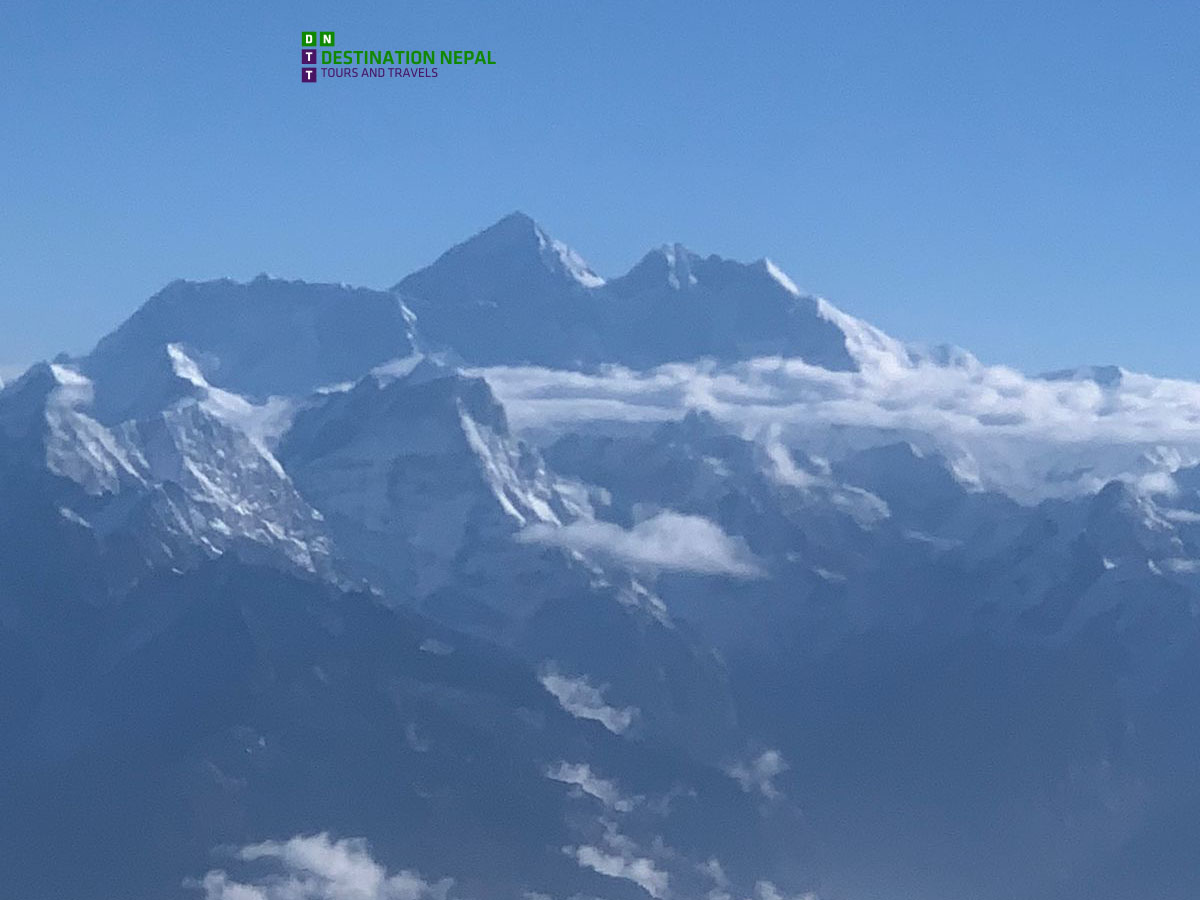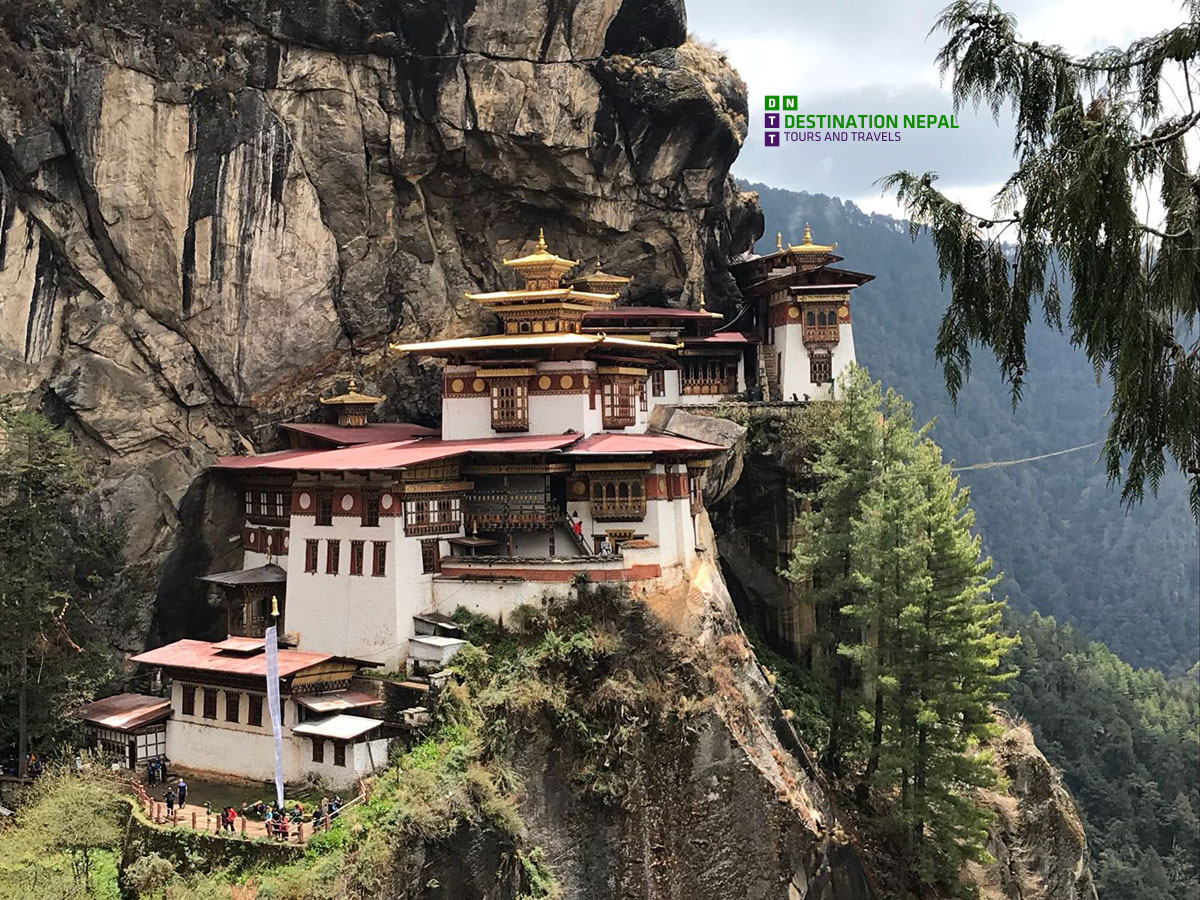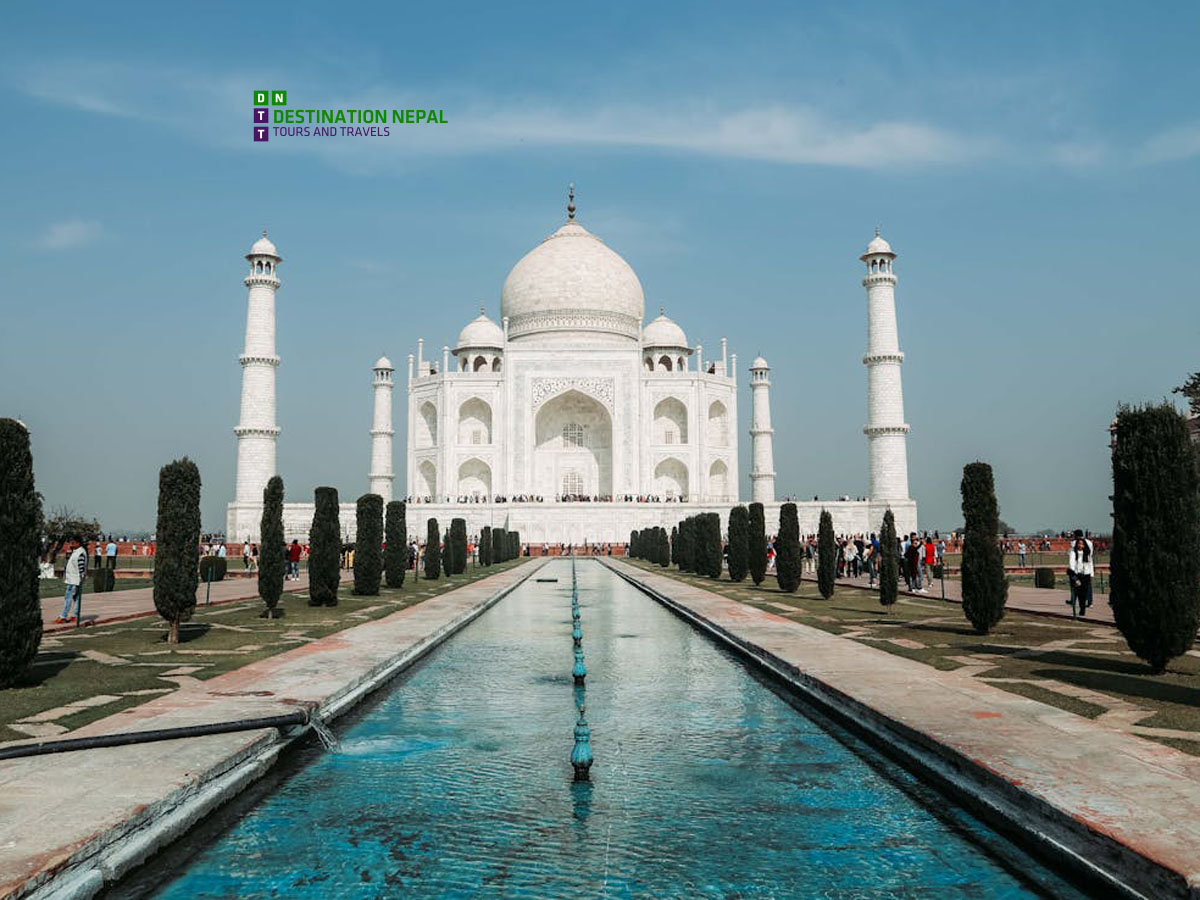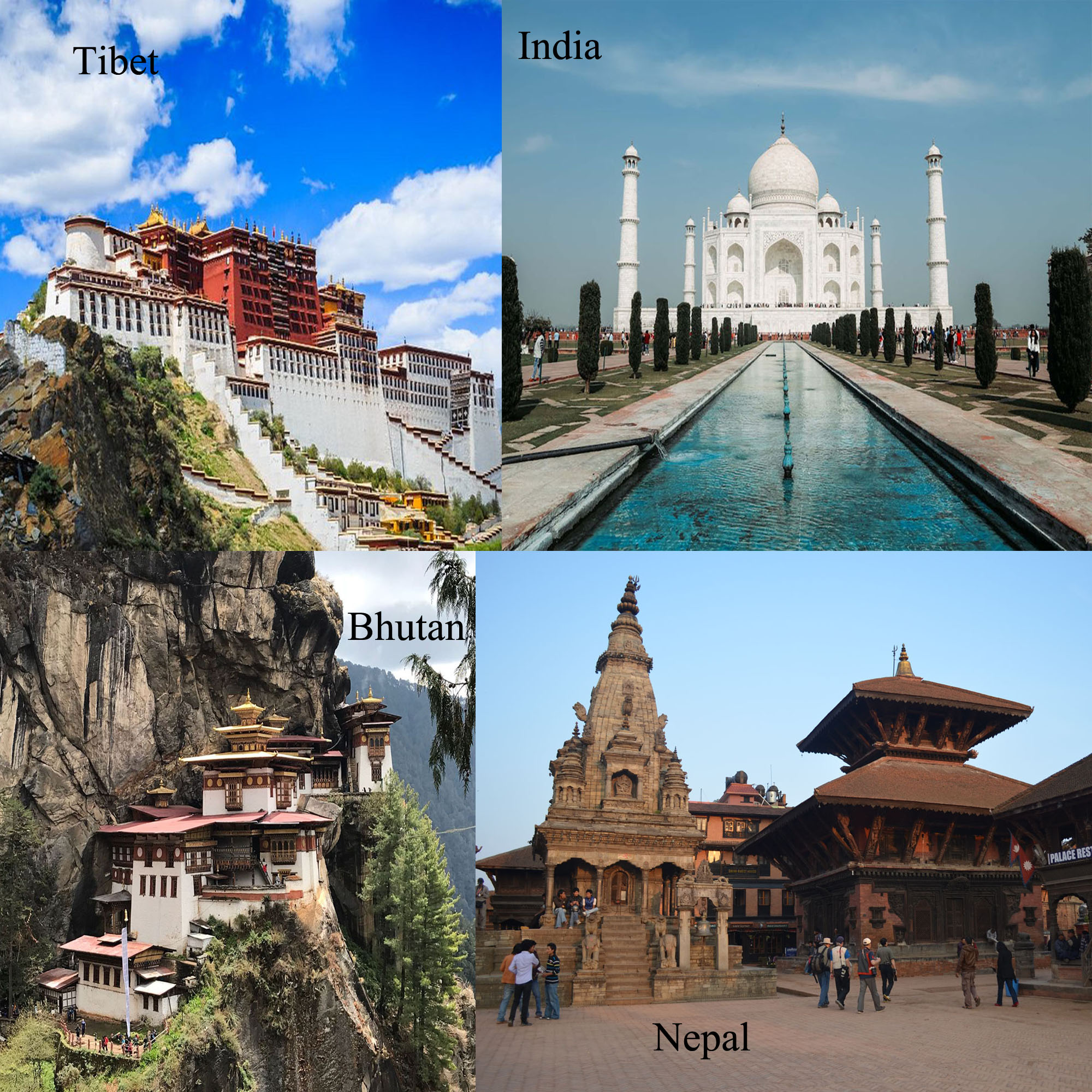Swayambhunath Stupa
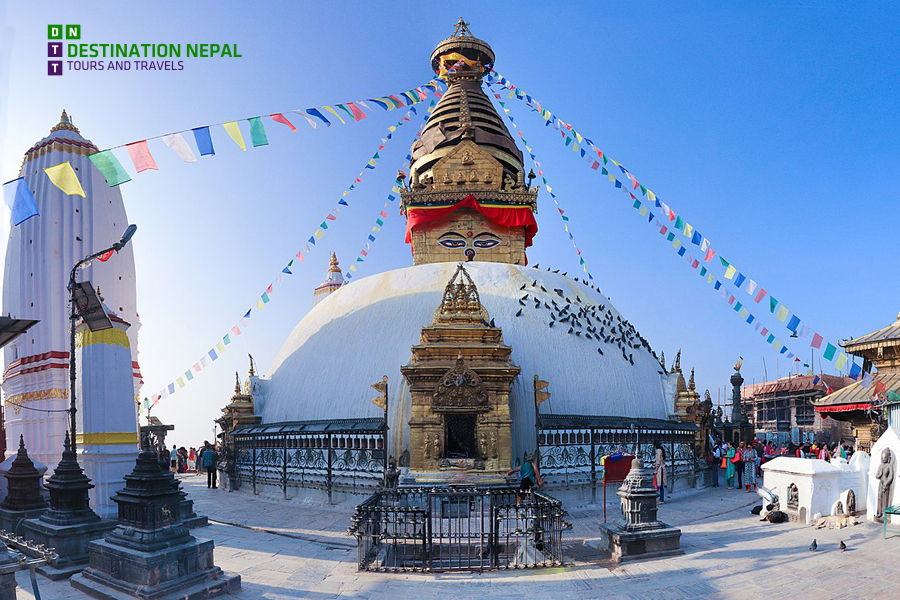

Swayambhunath Stupa, often referred to as the Monkey Temple, is one of Nepal's most iconic and ancient religious landmarks. Perched atop a hill in the Kathmandu Valley, this UNESCO World Heritage Site holds immense spiritual significance for both Buddhists and Hindus. Believed to be over 2,500 years old, the stupa embodies the harmony of Buddhist symbolism and Nepalese cultural heritage, attracting visitors from all over the globe.
The term "Swayambhu" translates to "self-existent one," symbolizing its deep-rooted connection to Buddhist philosophy. The stupa's central dome, adorned with a gilded spire and the watchful eyes of Lord Buddha, represents the universe and enlightenment. Encircled by prayer wheels and smaller stupas, the site serves as a hub for meditation, prayer, and tranquility amidst the bustling city below.
The Swayambhunath Stupa also offers breathtaking panoramic views of Kathmandu Valley, making it a spiritual and scenic retreat. Its rich history, intricate architecture, and serene ambiance make it a must-visit destination for travelers and pilgrims alike.
Key Highlights of Swayambhunath Stupa
-
Architectural Marvel
The stupa's iconic white dome signifies the purity of enlightenment, while its golden spire with 13 rings represents the steps to nirvana. The eyes of Buddha, painted on all four sides, symbolize awareness and compassion. -
Monkey Presence
Nicknamed the Monkey Temple, the site is home to a playful troop of monkeys believed to be holy. These monkeys add a lively charm to the serene surroundings. -
Prayer Wheels and Mani Stones
The stupa is surrounded by beautifully carved prayer wheels and mani stones inscribed with Buddhist mantras. Devotees and visitors spin these wheels as a form of meditation and prayer. -
Rich History and Mythology
According to legend, the hill where the Swayambhunath Stupa stands rose spontaneously from a primordial lake, guided by divine forces. This myth intertwines the stupa with the spiritual evolution of the Kathmandu Valley. -
Panoramic Views
From the hilltop, visitors can enjoy stunning views of Kathmandu Valley and the surrounding mountains. It’s a prime spot for sunrise or sunset photography. -
Cultural Fusion
Swayambhunath is a sacred site for both Buddhists and Hindus, showcasing a harmonious blend of two major religions. Festivals and rituals performed here reflect this unity.
Important Visit Days
-
Buddha Jayanti (April/May)
Celebrated to honor the birth, enlightenment, and death of Lord Buddha, Buddha Jayanti is one of the most significant occasions to visit the stupa. Devotees gather for prayers, meditation, and rituals. -
Lhosar (Tibetan New Year)
Marked in February or March, Lhosar is an auspicious day for the Tibetan community. The stupa is adorned with vibrant decorations, and traditional dances and prayers are performed. -
Saturday Mornings
Saturdays are particularly busy at the Swayambhunath Stupa as locals visit to offer prayers and spin the prayer wheels. The morning hours offer a unique glimpse into local religious practices. -
Full Moon Days
Full moon days, or Purnima, are considered sacred in Buddhism. Special ceremonies and prayers take place, making these days ideal for spiritual seekers.
You can find tour package here: Nepal Tour Packages
If you want to see what our customers are saying about us in their reviews: TripAdvisor
